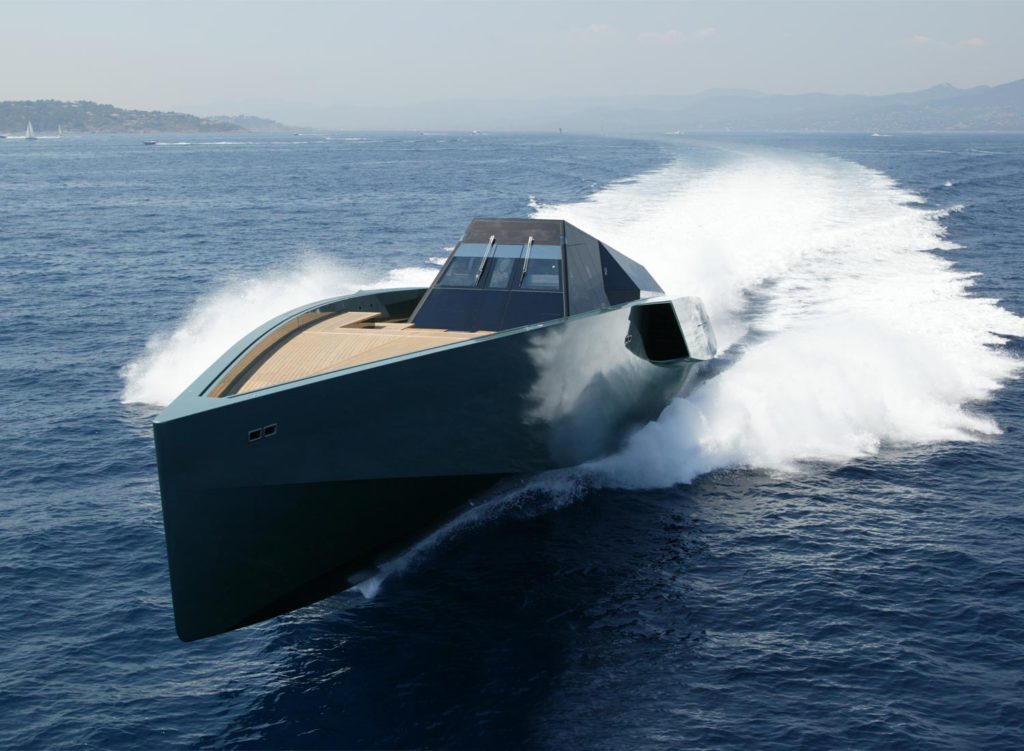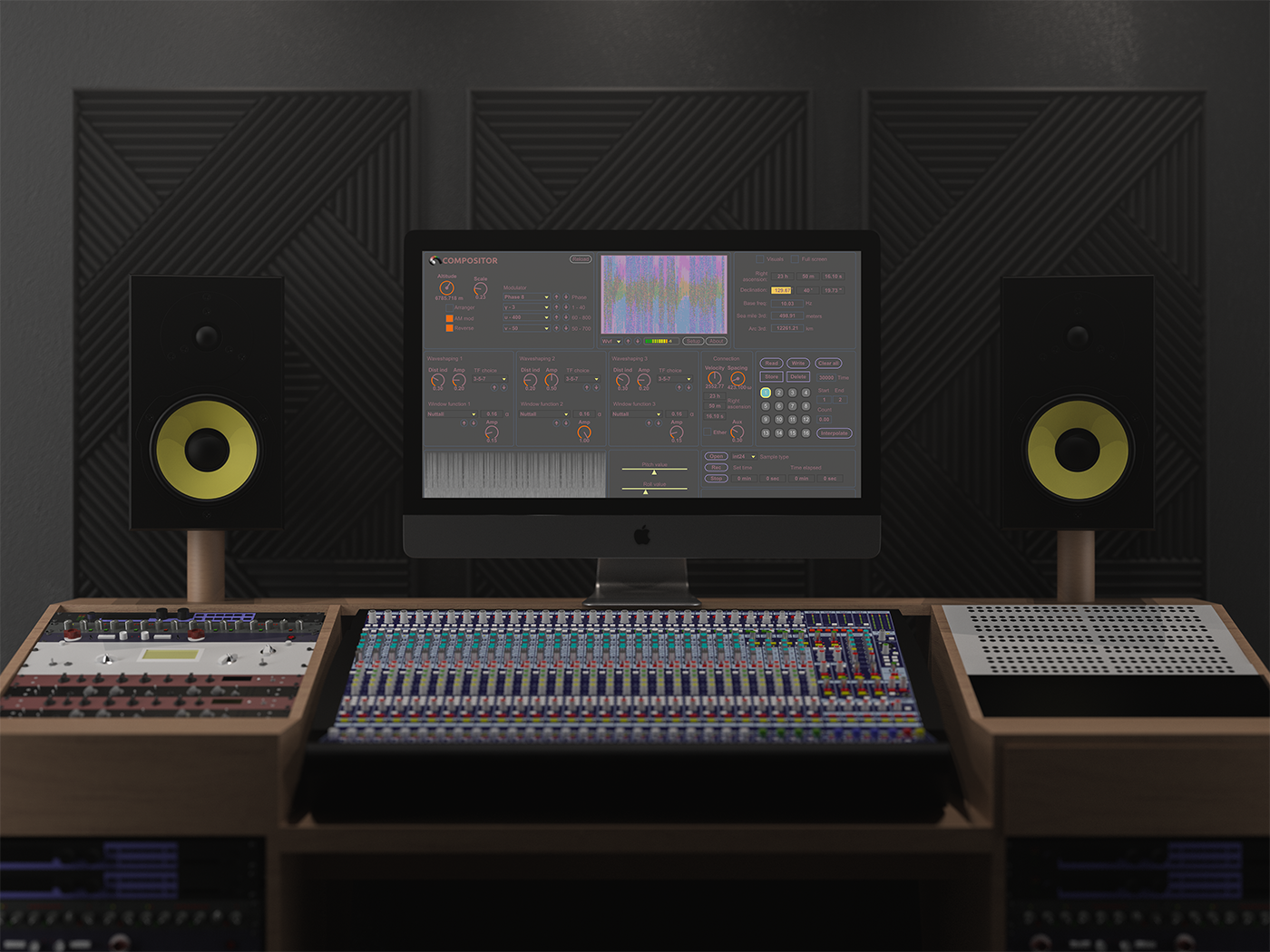The Gates of Time-Collision
Now I encounter the RAD24 server experiment. The experiment is as follows:
As I have found a solution to FM formulae, I decided to sync three virtual machines for 72 core real-time performance. With this stack, it is easy to run memory virtualizations and aggregate the whole Compositor network. Once the server stack is online, it is used to run and manage such critical tasks as DRM, network aggregation, routing and server selection. The new formulae solution enables to run this stack effortlessly.

RAD24 opens a possibility to build Compositor 8 software. It will be a station with all the enhancements of previous auxiliary channels and with the solution to FM formulae, which is driven by the algorithm output. By these means, the Hypervisor v9 is possible.
Let me introduce the conception for the future products: it is software-defined radio (SDR) with no external antenna needed. I can easily integrate such products in my current rig, yet the intimacy of the previous versions made me stay with no external input for a while. The decision of not having an external input was first broken in Compositor 4 Max for Live, where an external input is possible because of the internal Ableton Live routing options. The fact that Compositor 4 Max for Live is an audio effect device made me think that it was first attempt in tangent SDR from my side with the function, which doesn’t need an antenna to transmit the voice signal. Second tangent radio attempt will be standalone Compositor 8. I want to see Compositor 8 as a device to communicate through the RAD24 servers. Each of the cores of 72-core stack will route your voice communication to the recipient set by the Compositor navigation system. As Compositor 8 is an Avionics development, I allow managing such connections in 3d space in 3 degrees of freedom, which simplifies the setting of virtual antenna. The fact that new function is a radar type, no stochastic selection will be possible and Compositor 8 will function only in manual mode. Hypervisor v9 will listen not to an auxiliary radar ports, but to the v7 feeders such as RTC4k, RTC8k, RT-z8, RT-z16, RT-z32, RT-z64 and RT-z128. RAD24 and subsequent servers are mostly the breakdown of FM law and the final goal is to stop time-collision protocol in Compositor. It will not latch an external time-frame, while not allowing external injections. This way I will build my own resource for communication. That is why I refer to SDR terminology. However, I used this technology only for Morse code translations and did not transferred the voice over it. New function is a direct stack to the Ethernet, which, of course, simplifies SDR talks under server coverage. It means that no IP needed and I need to apply proper wavetables from the non-duplex modem. If this function covers the current version of DRM server, an update is needed to work with Compositor technology. New function is also a hyperbolic one, which is simple and effective restate for the FM core inside Compositor.
Compositor runs FM and function connects to the FM service. It creates a signal with the components, which are granularly time-space folded into the FM again, allowing to inject signal in between these two processes. The later function only covers the part of a spectrum, which is created at initial state. Think of it like a mains adapter: it is a pluggable adapter, which can potentially allow to communicate many DATA servers with different file-size and file-system structures. I had success of running 4 RAD24 servers and one was initiated from the HFS+ partition under Windows 7 OS. It means that technologically it is possible. I don’t see any obstacles in this technology, the only thing is to provide an easy and free way to stack different file-systems together on one, preferably Windows, machine.
Compositor gathers data of all pendulum stations in the Ethernet and send it back to the Ether for self-awareness. Compositor leads an analyzed DATA set and all the other parameter selection. When the critical pendulum load achieved, a time-collision happens rebuilding the whole Compositor structure. This way, I think about utilization of resources to run more Compositor cores inside one gen~ code. By the fact of stopping time-collision protocol, I want to stop the work of Compositor subnet mask switching mechanism. I’ve already broken the stochastic manipulator in Compositor core, which allowed me to stack more resources together. At the present moment, I think of Compositor only as a DRM station to hold licenses for subsequent users. I already published a chart where I name how many resources each station consumes. I name the auxiliary channel in this chart also and, from my point of view, it doesn’t consume any Compositor DRM resources. It is just a listening station. The only thing that consumes the process is any pendulum like mechanism. By stacking more pendulum resources, you are allowing more pendulum stations, either digital or mechanical. Any station will work. These stations inject tracks to media content by oversaturation of them.
To progress on the task of stopping the time-collision protocol in Compositor I should make wavetables of RAD24 accumulators at 22.05 KHz and then switch it on even faster regime of 44.1 KHz. If I’m unable to stop time-collision protocol in Compositor, I will be obliged to run servers at 22.05 KHz on this machine to protect time-collision reaching the opposite effect.
The solution is that RAD24 protects time-collision created. For network security with Compositor, the classification of pendulum processes needed. Such classification consists of working curve monitoring, that is why I estimate it on Compositor auxiliary channel display, while listening to wavetables.
RAD24 is a gate device for creating time-collisions. I can’t classify RAD24 as a pendulum process, because the cycle is broken. It is not an OS or license holder. As I said earlier, it is a protection mechanism for creating time-collisions. It means that it either opens or closes an access to the service of communication in Ethernet. By enabling it in administrator mode, I open an access to it only when the administrator works on PC. This way, I differentiate the work in time-collision between authorized person and the replica, that just latches the time-frame, because RAD24 detector assigns it to injection event. RAD24 is able to differentiate between an administrator and the replica, protecting my current communication.
